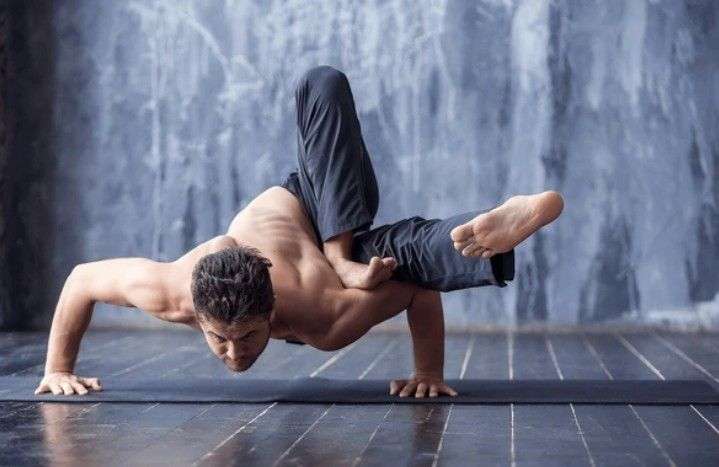Power Yoga
What is Power Yoga?
Power Yoga is a dynamic and athletic style that evolved from traditional Ashtanga Yoga. It emphasizes physical fitness, strength, and flexibility through a challenging sequence of postures. Unlike Ashtanga, Power Yoga does not follow a fixed sequence, allowing for greater flexibility in class structure.

Principles:
Vinyasa Flow: Power Yoga incorporates a continuous flow of movements, linking breath with dynamic postures. The focus on vinyasa, or the fluid transition between poses, creates a seamless and energizing practice.
Strength-Building Poses: The practice includes a variety of strength-building poses such as lunges, squats, and core exercises. These poses are often held for several breaths, contributing to increased muscle engagement and endurance.
Adaptability: Power Yoga is adaptable, and classes may vary in intensity. The emphasis is on empowering individuals to explore their physical boundaries and progress at their own pace.
Benefits:
Physical Fitness: Power Yoga enhances cardiovascular health, muscular strength, and overall physical fitness. The continuous movement and challenging poses contribute to increased endurance.
Flexibility: The dynamic nature of the practice promotes flexibility by encouraging a broad range of motion in the joints and muscles.
Mental Focus: The synchronization of breath and movement requires concentration, fostering mental clarity and presence throughout the practice.
Individualized Approach:
Power Yoga allows for individualized sequencing, enabling teachers to tailor classes to the needs and abilities of their students. This adaptability makes it accessible to practitioners of various levels, from beginners to advanced yogis.
Influence from Other Styles:
Power Yoga draws inspiration from various yoga traditions, incorporating elements from Ashtanga, Vinyasa, and Iyengar Yoga. This amalgamation of influences contributes to the diverse and dynamic nature of the practice.
Popularity and Commercialization:
Power Yoga gained popularity in the late 20th century, and its marketability in fitness-oriented settings contributed to its widespread adoption. Classes are often available in gyms and fitness studios, appealing to those seeking a vigorous workout with a yoga foundation.
Mind-Body Connection:
While Power Yoga is physically demanding, it maintains a focus on the mind-body connection. The intentional breathwork and emphasis on mindfulness distinguish it from purely fitness-oriented practices.
Community and Inclusivity:
Power Yoga classes often foster a sense of community among practitioners. The inclusive nature of the practice encourages individuals with different fitness levels to share the transformative and empowering experience.
Power Yoga is a dynamic and accessible style that blends elements of traditional yoga with a focus on strength, flexibility, and individualized practice. It has become a popular choice for those seeking a physically challenging and invigorating form of yoga.
